“Childhood is, or has been, or ought to be, the great original adventure, a tale of privation, courage, constant vigilance, danger, and sometimes calamity.” —Michael Chabon, “The Wilderness of Childhood”
Inspired by a recent article in the Huffington Post on the disappearance of playgrounds in the U.S., as well as the ensuing dialogue once I posted the article on Twitter, I decided to drive around Edmonton taking photographs of different playgrounds. I have spent some time over the past few years looking for playgrounds similar to the ones of my childhood—hulking metal twirly slides, monkey bars, tractor tires cut in half and buried in the sand—and could never find any. The playgrounds I had frequented from kindergarten all the way up into my first couple years of university had disappeared, replaced by safer, more sanitized playgrounds of wood chips and plastic. This has become part of a larger societal move to remove all danger from the lives of children, something that my generation bemoans (see the Chabon article above, as well as a recent one in Atlantic Monthly), while at the same time inflicts upon its descendants. I wanted to see if anything resembling my idealized playground still existed, and if not, take some pictures of what exactly was there in its place.
Playgrounds I Visited
J H Picard School, Hazeldean Daycare, Ritchie Park, Donnan Arena, King Edward Park, Avonmore Park, Argyll Park, Tipton Park, McKernan Park, Tomlinson Park, Haddow Park, Archbishop Joseph MacNeil School, Magrath Park, Garneau School, Walterdale Park (Kinsmen).
Process
The goal was to visit playgrounds in older and newer neighbourhoods. I stuck to the south side because it’s the area I know best, and because I didn’t think there would be much difference in what I found north of the river. I didn’t visit playgrounds I had visited in years past, which meant I didn’t visit any in Mill Woods, which is where I grew up. I hit up the parks later in the evening, because I wanted to get photos of the playground equipment without there being any children on them (the last thing I wanted to be seen as was some creep wandering parks taking pictures of little kids). The downside to that is that while I witnessed the various ways in which children were using the equipment, I don’t have any visual proof of it. Several people told me I should check out Fort Edmonton Park, as it apparently has a playground with some of the equipment I grew up with, but with an early closing and it likely filled with kids on summer vacation, I decided to stay away. I may venture there at some point, as it may be the last resting place of the twirly slide and urine-soaked tires of my youth.
Findings
What I found at the playgrounds I visited both supported and challenged my conceptions of what modern playgrounds have become. Gone were the stand-alone metal twirly slides, the tractor tires, the wooden block houses, the merry-go-rounds, and the flat, wooden swing seats that launched a million flailing arms and feet. Wood and metal equipment has, for the most part, been replaced by plastic. At one park where wood does exist—Argyll Park—open exits off of platforms now have wooden beams across the top of them, in an attempt to prevent kids from free-falling all of three feet. Monkey bars, teeter-totters, and straight metal slides exist at a few of the parks I visited, but they were in older parks rather than newer ones. Many of the newer parks have replaced sand with wood chips, perhaps for sanitary or climate reasons. I do not know. Some have also replaced sand or concrete with a soft rubber surface intended to protect children from falls (every time I stepped on it it made me feel like I was walking on an alien planet with a marshmallow surface). The newer parks seem more compact, with fewer high points, and leave you feeling like you are hanging out in an oversized Fisher Price play set. They also seem to be dominated by younger children. I didn’t see any kids older than 9 or 10 at any of the parks I was at. Coincidence, perhaps, or a result of the wild outdoors failing to compete with the adventurous worlds of Call of Duty and Assassin’s Creed.
Many things, however, remain fundamentally the same. Though few in number, there were still monkey bars, teeter-totters, and straight metal slides at some of the parks. Green Shacks, which I thought were disappearing after cuts to the province’s STEP Program, were present at many of the parks I visited (it turns out the program is in fact being expanded this year). Though the wading pools of my youth have disappeared, they have been replaced by fantastic-looking spray parks. Contrary to what I had previously thought, there’s still lots of fun—and potentially dangerous—equipment at the newer parks. There are merry-go-round/rope monkey bar hybrids that look like they would be a blast to play on. There are climbing walls with nothing between a child and the ground but air (they aren’t sky cell scary, but they’d still give Tyrion a fit). And there are swing sets comprised of three metal saucers that looks like they were conceived by a maniac. I wouldn’t have expected something that dangerous in a park in the 70s, let alone now.
Most importantly, in watching children play at these parks, and in conversation with a couple parents of young kids, it became very clear that not a lot has changed when it comes to kids playing by their own rules. I saw one young boy jump up on a newer, “safer” seesaw and ride the middle of it like he was surfing Oahu’s North Shore. I witnessed a boy and a girl mounting a structure from the outside, acrobatically climbing the bars rather than taking the safe route designed by the park’s engineers. And I saw other children standing and swinging on those insane metal saucers, seemingly oblivious to the perilous fate that awaited them.
Those children were unsupervised, and I suspect they would have behaved quite differently with parents, teachers or other buzzkills nearby, but that’s no different from the past. It doesn’t seem to matter how many ways we as a society try to protect children from danger; they find their own way to create it. In the end, this means that kids haven’t changed. We as adults have. I find that very, very comforting, as I did my experience venturing out into these playgrounds.
Moving Forward
In addition to the photos in this post, there are many more that I have added to an album on Flickr (there’s also a slideshow of them all at the bottom of this post). My plan is to continue taking pictures of parks in the city, and to keep adding them to that album. It seems to me, however, that there is a great opportunity here to crowdsource with other people in the city. I would love to see other people sharing their own childhood playground memories, or taking photos of playgrounds throughout the city (maybe that elusive twirly slide is out there, in some forgotten Edmonton park, like a great, white, metal whale). I am going to start using the hashtag #yegplay for my discoveries, and maybe others will join in. Maybe there’s a chance to create an interactive map. Maybe there’s an opportunity to create a Tumblr or some other site out of people’s submissions. Hopefully this can help start some larger conversations about the level to which we protect our children, and whether this in fact logical and desirable. Who knows? If you have comments, or are interested in participating in a larger project, please let me know either here or by messaging me on Twitter.
Other Stories of Note
- 2007 Daily Mail story with a map showing children’s shrinking habitat over four generations
- 2013 New York Times story on a playground exhibit at the Carnegie Museum of Art in Pittsburgh
- Historical playground photos from the City of Edmonton Archives
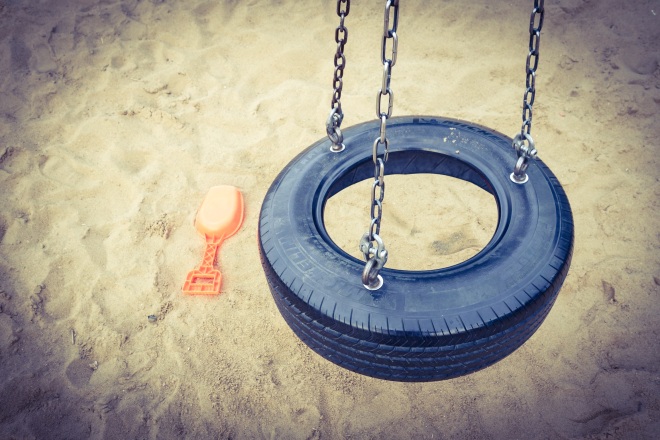

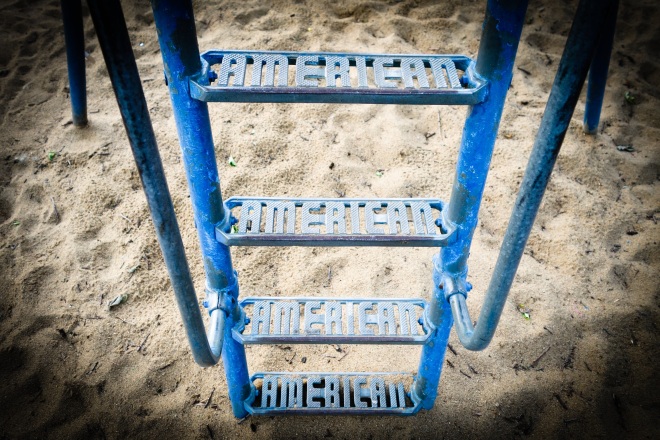
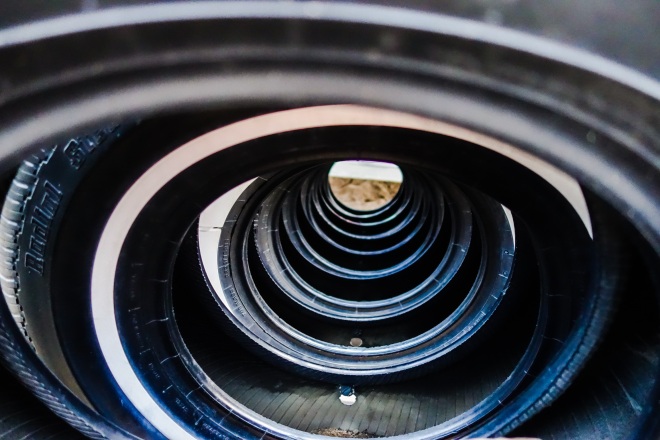
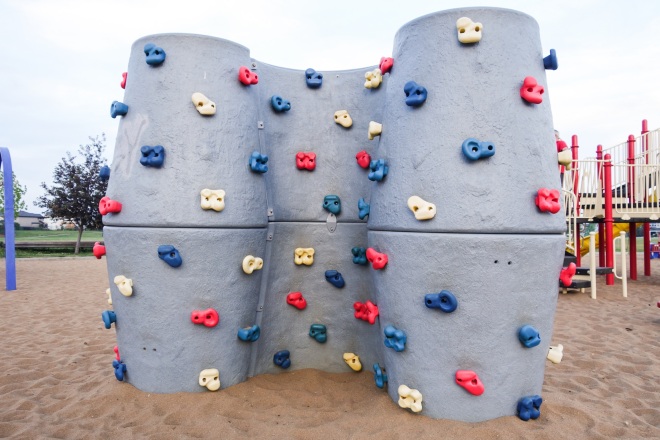

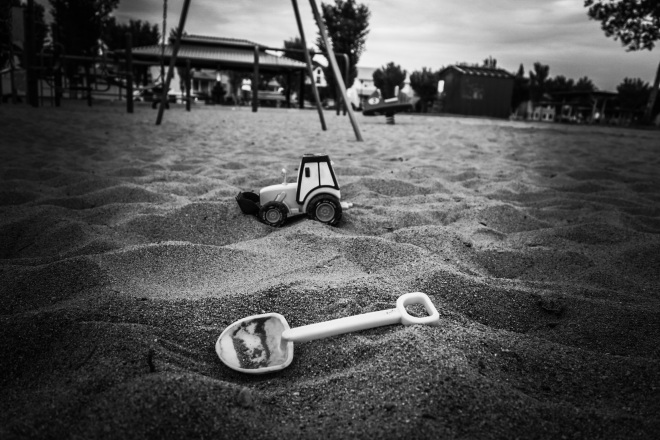
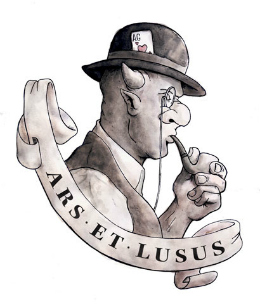
Great post! I like where you’re going with this general idea; it will be interesting to see where it will go.
It strikes me that its the kids themselves that are the great levellers. I think one needs to watch them play on the playgrounds to see how they make it work for themselves. It reminds me of one of the theories as to why soccer/football is the most popular sport worldwide: that you can play it anywhere with anything, and so even in the poorest countries, there are soccer games on the street or in the fields. You don’t even need a real ball, just something that you can boot about. With that in mind, when kids are that creative and don’t need much, what do they do with these modern incarnations of playgrounds?
By the way, did you go down those slides at the Kinsmen Field House? They are FAST…I’ve seen them shoot kids and adults right out the end. 🙂
I saw a Classic Landscaping /Global TV skit on TV today that covered wood chips in playgrounds. They said that wood chips give more ‘bounce’ (soften the impact) if a kid was to fall down and it also makes it easier for people with wheels, i.e. stoller or wheelchair, to move around on. Wood chips are also easier to spread around the play area as opposed to sand. 🙂
Thanks for that info, Teresa. I figured it would be as such. Chips may be bouncier, but they’re a lot easier to pick up and whip at someone’s head, too. 🙂
Very good article. I definitely appreciate this website. Stick with it!